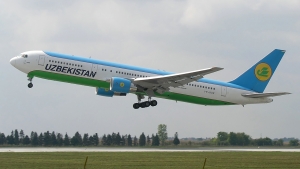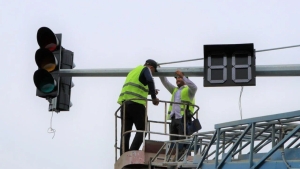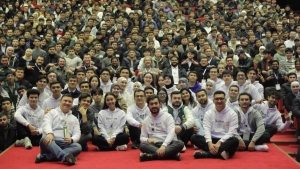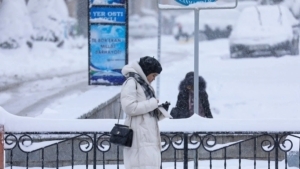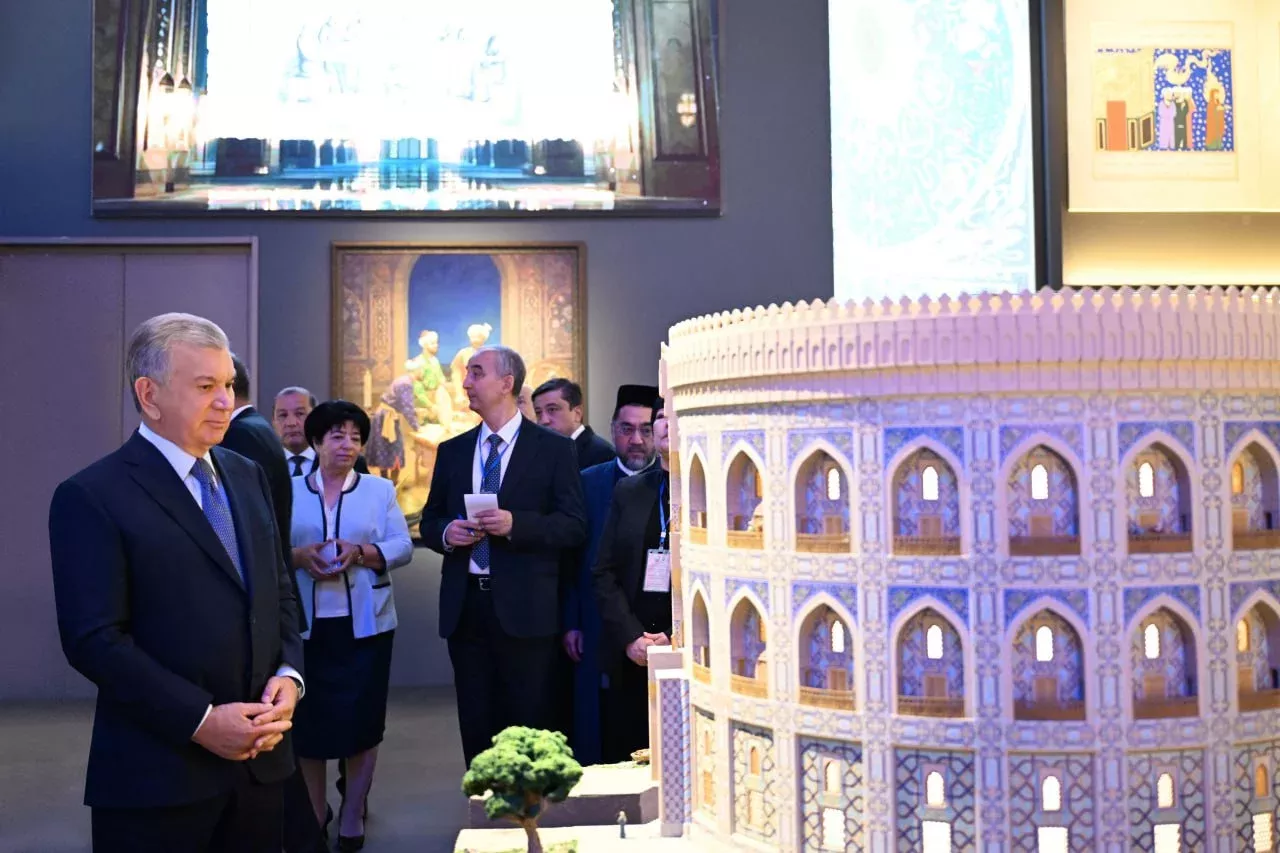
President Shavkat Mirziyoyev visited the Center of Islamic Civilization in Tashkent on October 20. This was reported by Zamin.uz.
He closely examined the exhibitions at the center and received information about efforts aimed at widely promoting our nation's rich historical and spiritual heritage. The central part of the center houses the Hall of the Holy Quran, where the ancient Uthman Mushaf, considered a rare treasure of the Muslim world, is displayed.
Additionally, sacred books from the eras of the Samanids, Karakhanids, Khwarezmshahs, Timurids, and other dynasties, their old Uzbek translations, as well as some of the world's rarest handwritten Qurans are exhibited. The center has sections titled "Civilizations Before Islam," "First Renaissance," "Second Renaissance," "Uzbekistan in the 20th Century," and "New Uzbekistan – New Renaissance."
These sections extensively highlight the activities of great scholars, including Imam Bukhari, Imam Termizi, Abu Mansur Maturidi, Bahauddin Naqshband, and other ulema. The work of famous historical figures who were patrons of science and spirituality, such as Bibikhonim, Nodirabegim, Uvaisi, and Anbar Otin, is also presented as a separate exhibition.
The head of state emphasized the necessity of effectively organizing the scientific and educational direction of the center and enriching its content and essence. For this purpose, information was provided about ongoing efforts to strengthen cooperation with the International Islamic Studies Academy of Uzbekistan and scientific centers named after Imam Bukhari, Imam Termizi, and Imam Maturidi.
During the visit, the president reviewed repair and furnishing works in the halls, and closely familiarized himself with the content of the sections and exhibitions as well as the interactive technologies used. Shavkat Mirziyoyev noted the importance of presenting the exhibits in an engaging and understandable manner for both local and foreign visitors.
In this regard, he stressed the need to increase the number of specialists and guides working at the center and to train them based on special programs. Furthermore, a number of recommendations were made to further enrich the center's activities and to fully present the spiritual and scientific heritage through the exhibitions (source: zamin.uz).


